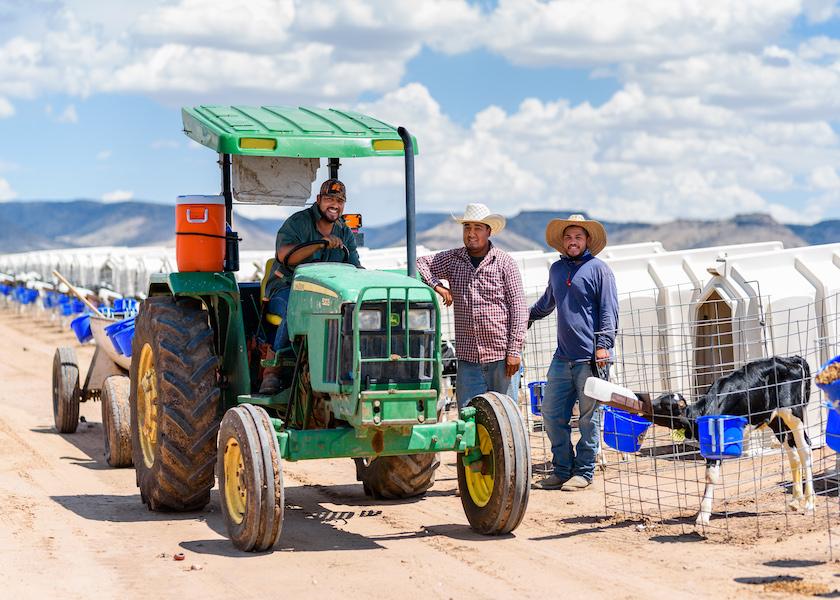Overcoming Dairy’s People Problem

“It is taking 20% longer to get new leaders in place, with 30% higher compensation, including extra considerations such as work location, flexibility, bonuses and equity and on top of that companies have to decide 50% faster since top talent have as many as 3 offers.” David Turner of Kincannon & Reed, the leading search firm dedicated to Food & Agribusiness, recently said this on the U.S. Farmers and Ranchers in Action podcast.
Dairy farm’s size continues to grow in the U.S., and this means that the total numbers working in global farming have never been smaller. Farming is hard work and when contrasted with more regular office or industry jobs, many potential farm workers are thinking again. Agriculture is also experiencing its own ‘great resignation’.
So how can we find, train, motivate and keep the best workers to manage our cows?
- The war for talent is real. There is an estimated shortage of nearly 60,000 college graduates with expertise in food, agriculture, renewable resources, or the environment, according to the U.S. Department of Agriculture. Can we convince these graduates that the dairy industry is for them? Perhaps we should start by pointing out that it is no longer their grandparents farm and that producing food is always a noble career.
- Package the job correctly. While in the past many saw the food business and farming as a vocation, workers aren’t accepting this anymore. To compete, ag must provide flexible working conditions, vacations, technology and health care. As one agri observer noted ‘money is not a decision-making factor, rather it is a knockout factor’. If the package isn’t right from the beginning the best candidates will never even consider a position on your farm.
- Developing your current employees is the best way to find talent. Your current employees are the best way to find talent. In my experience, farms don’t invest enough in their current workforce. Often, they complain that it’s too expensive and time consuming. But what happens at the end if they decide to leave?’ The question you must ask is, ‘Is it better to train your people and risk having them leave, or not train them and risk having them stay?’ The answer is there.
- Diversity. Evidence shows that diverse teams (cultural, ethnic and sex) make better decisions in disruptive times. Dairy management has traditionally been male and culturally homogenous in almost all countries, but this has been changing rapidly. Today’s farm often feels like the united nations when you find out where employees and the owners were born, and it is no longer guaranteed that the first language on the dairy will be English. One U.S. dairy group insists all managers learn Spanish and translation Apps on smartphones offer an alternative solution.
- Aging workforce. Multi generation farm employees and workers tend to be older, which only increases the challenges in a world where aging workforces mean that two workers will retire as one new worker enters the marketplace. How can dairies ensure a better transition to the next generation? Many farms find ways to retain workers by creating age appropriate opportunities which allow workers to continue post retirement age to contribute and earn a wage.
- Technology meets Ag. As dairy farming becomes more technical and automated, managers are making complex financial decisions on what technologies to invest in. Robots, sensors, camera’s with artificial intelligence, extended reality training devices and even genetic decisions require different levels of knowledge. Farm managers aren’t likely to understand all of these technologies, so maybe the better choice is to find non-traditional employees (perhaps including candidates who haven’t grown up on a farm) and teach them about farming.
Dairy farming ‘people problem’ starts with ‘You’; the owners and dairy farm managers. You must be open-minded, technological-savvy, and embrace a more diverse range of candidates. That type of leadership is the only way to bring the dairy industry forward.







